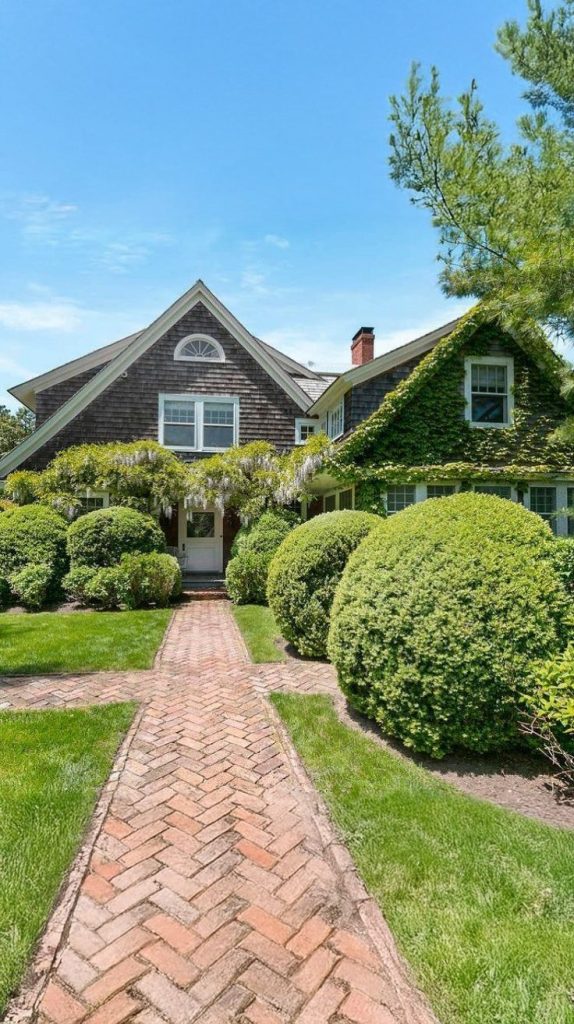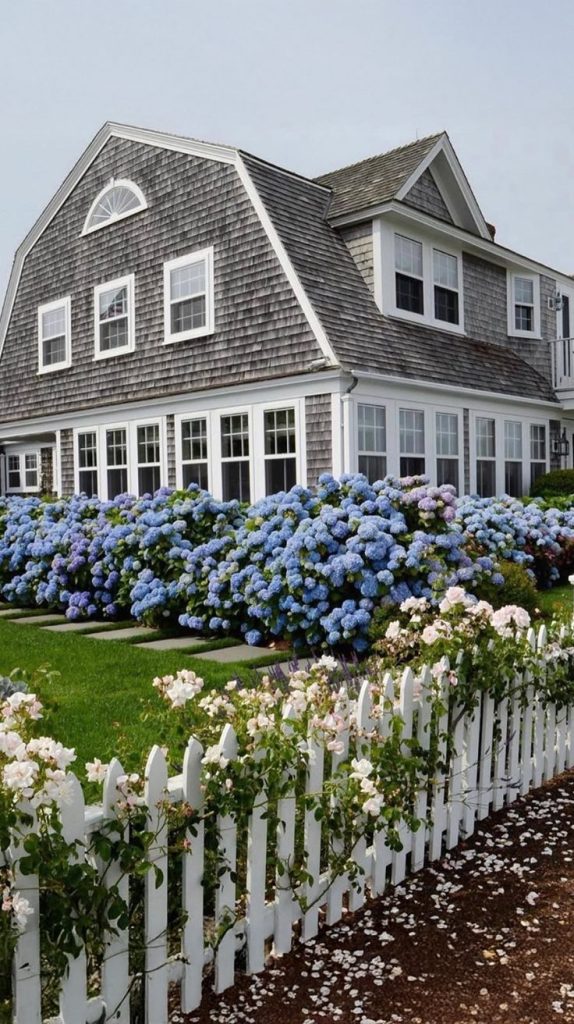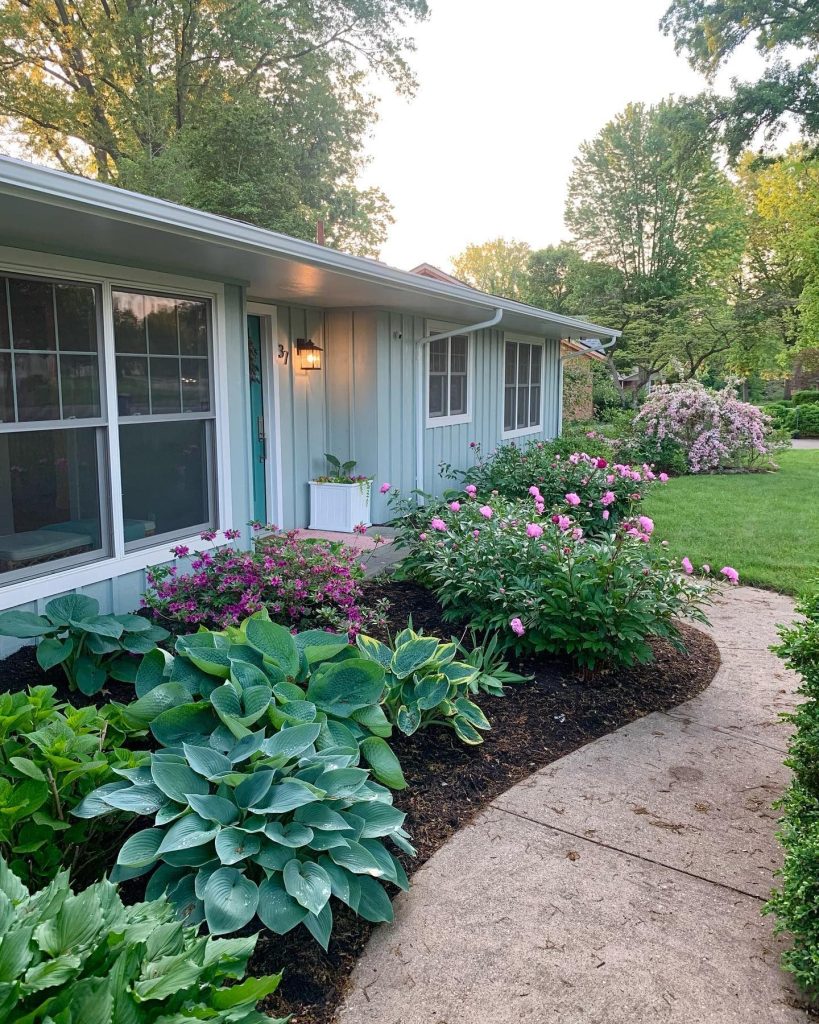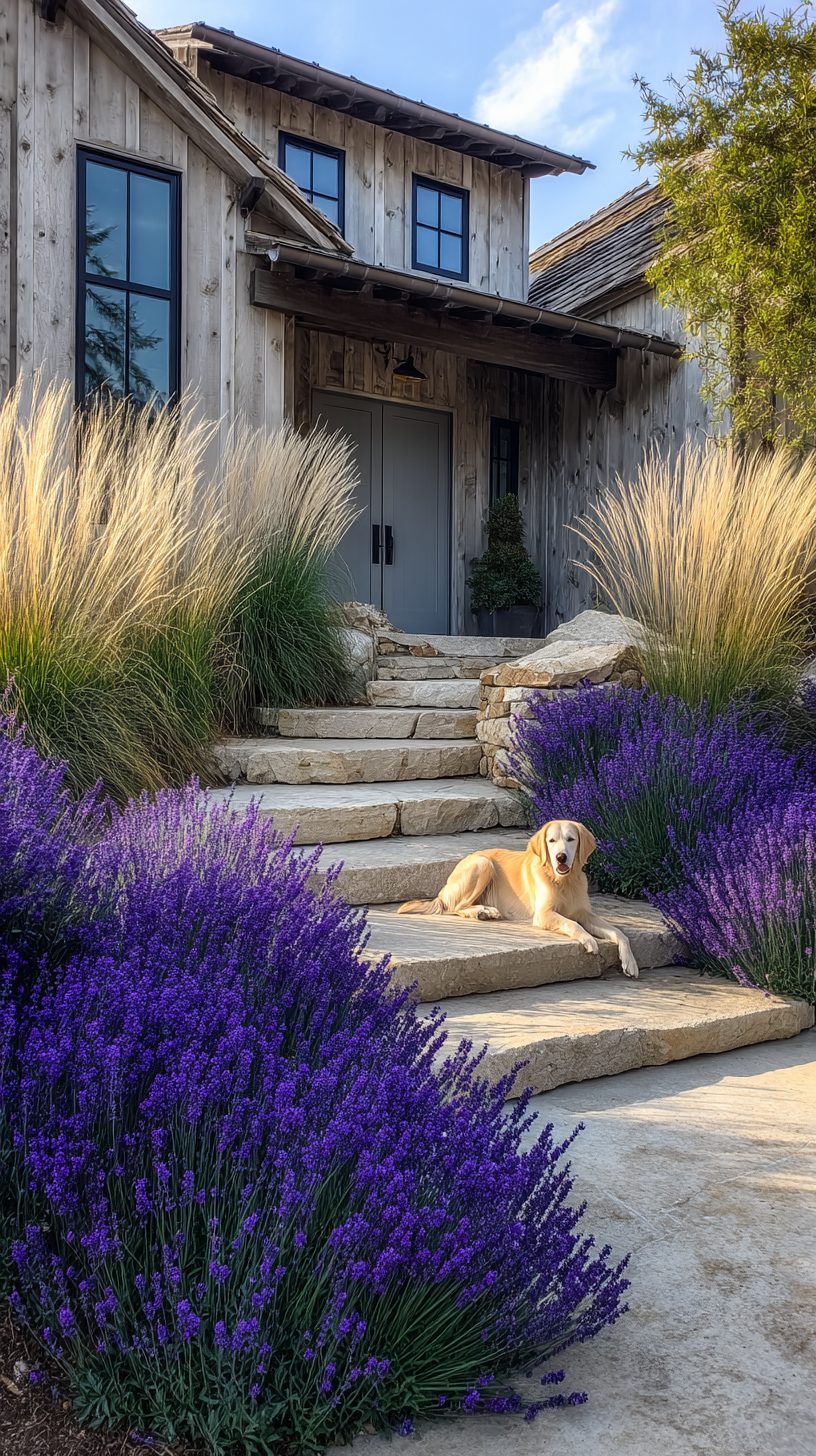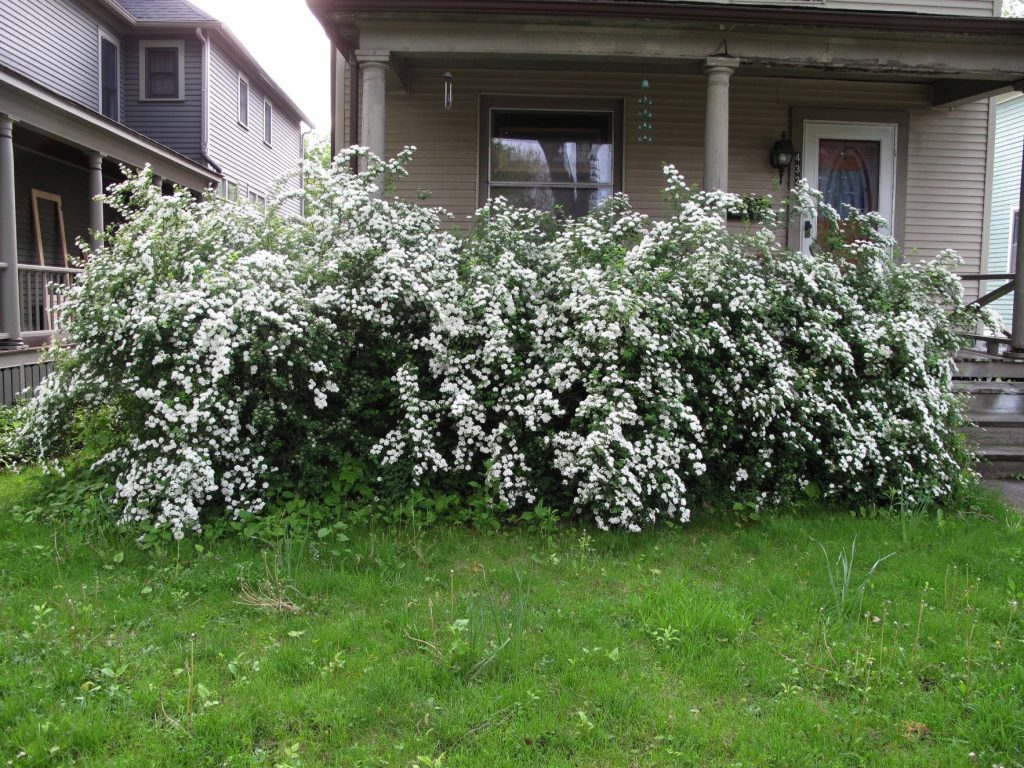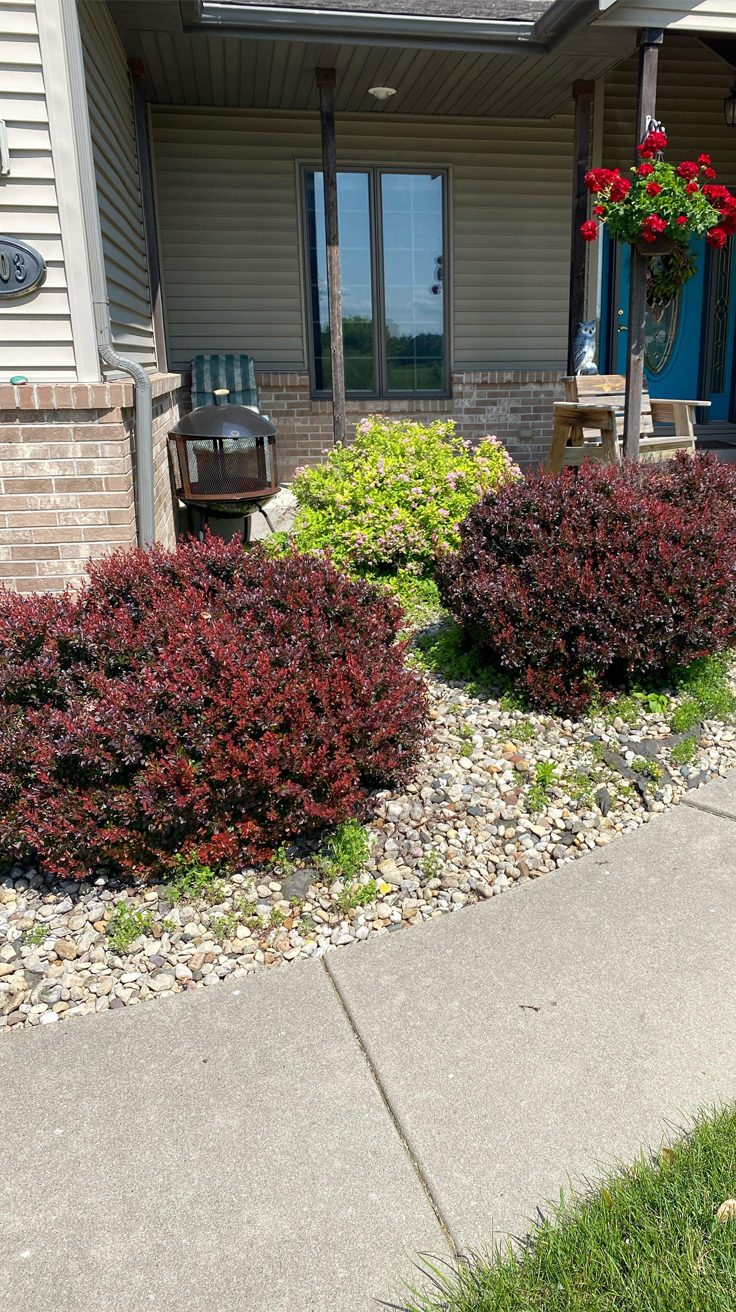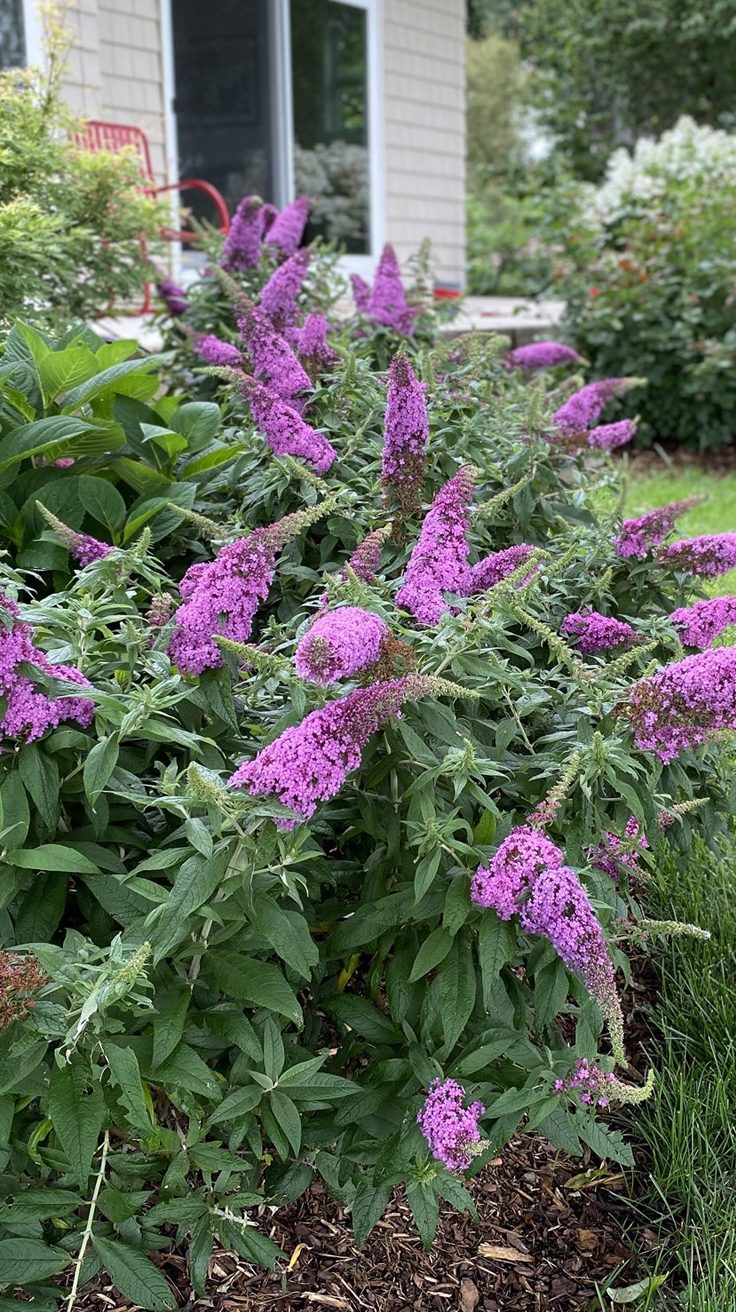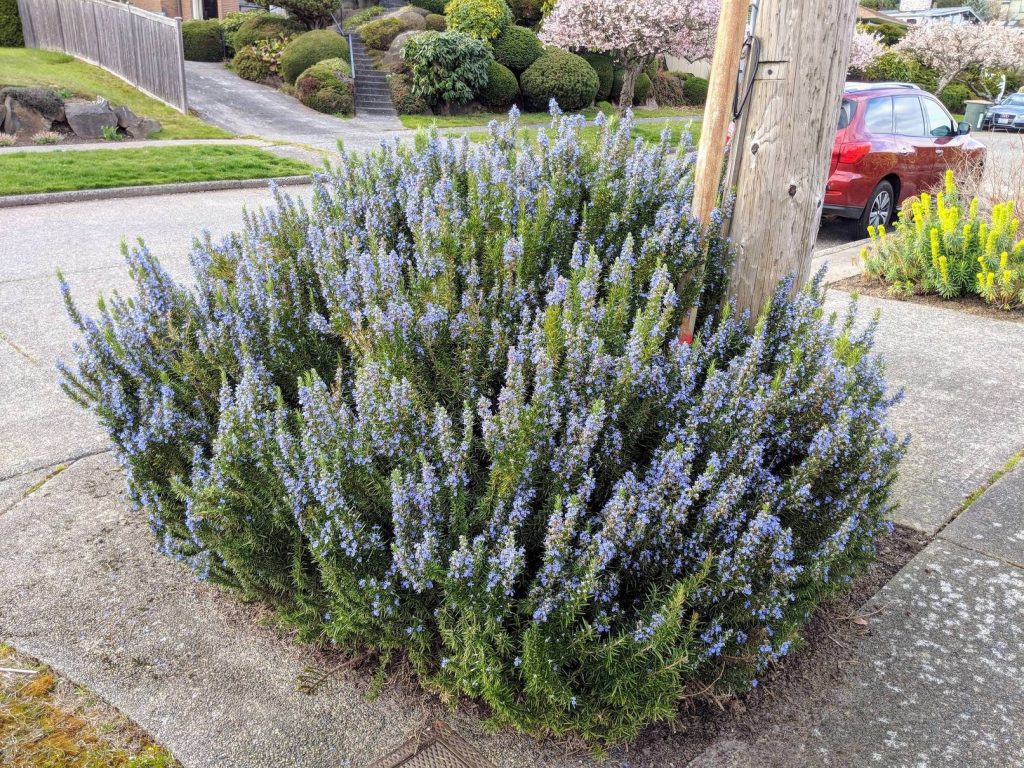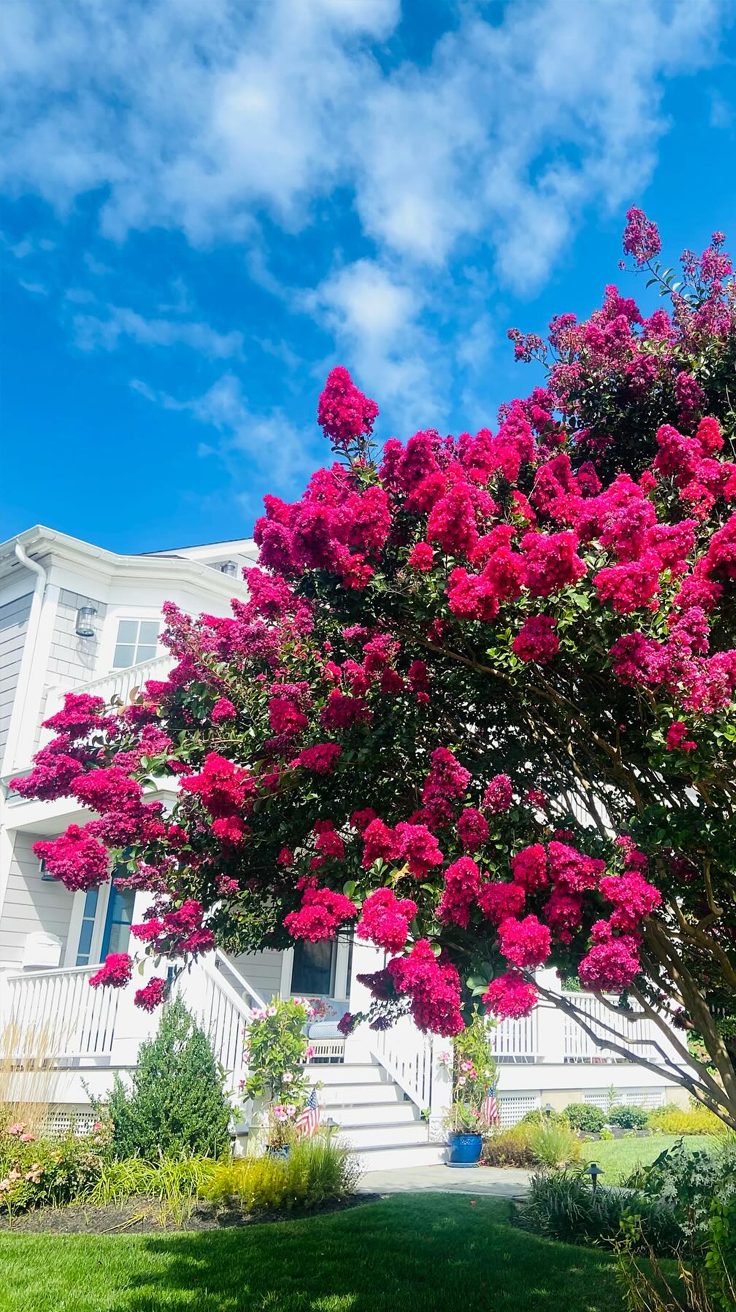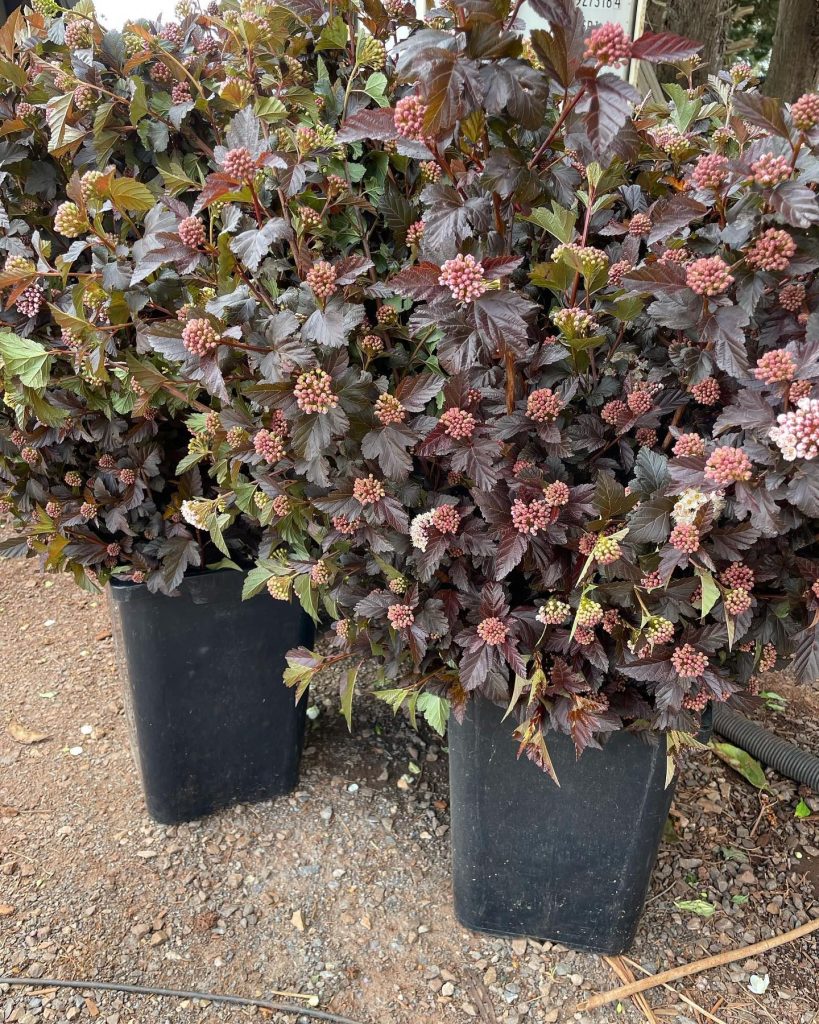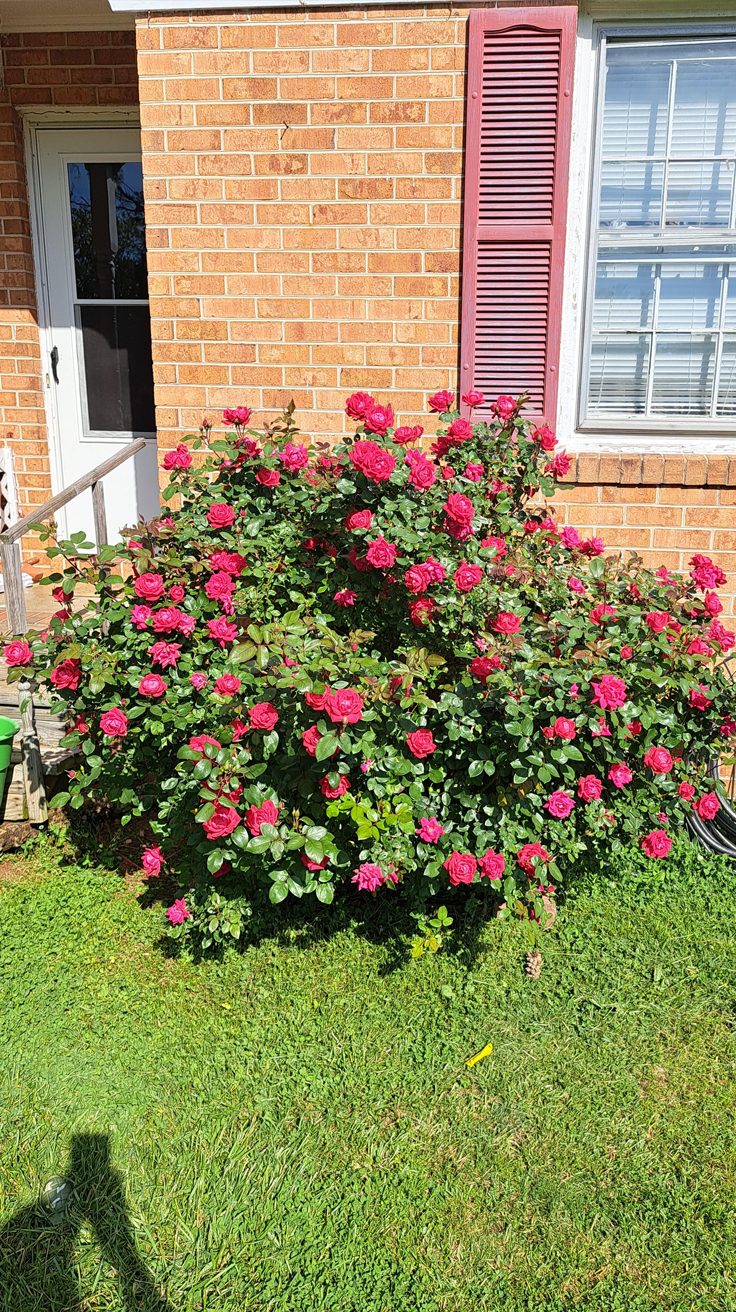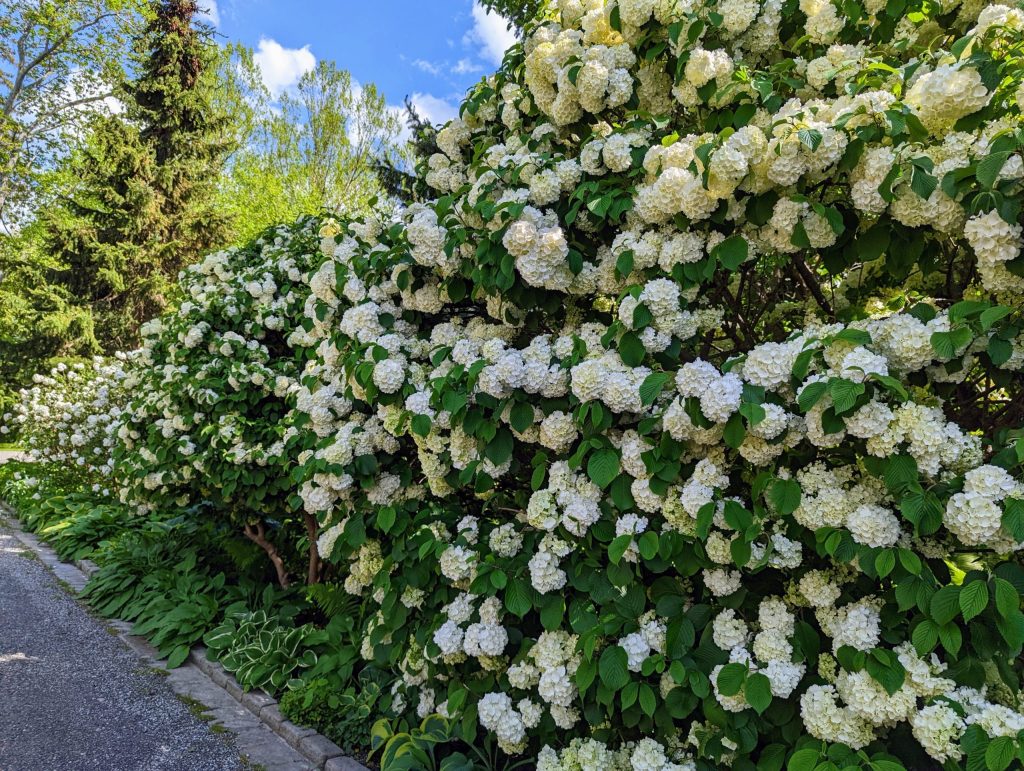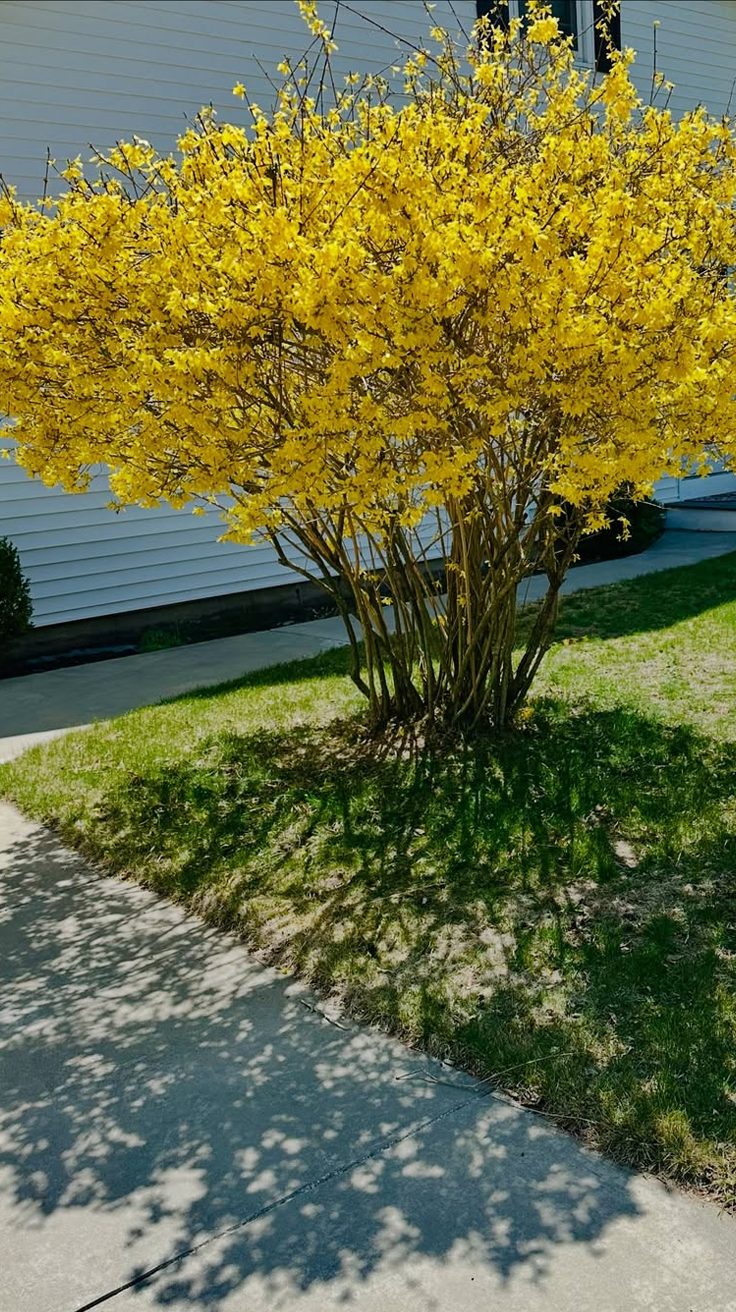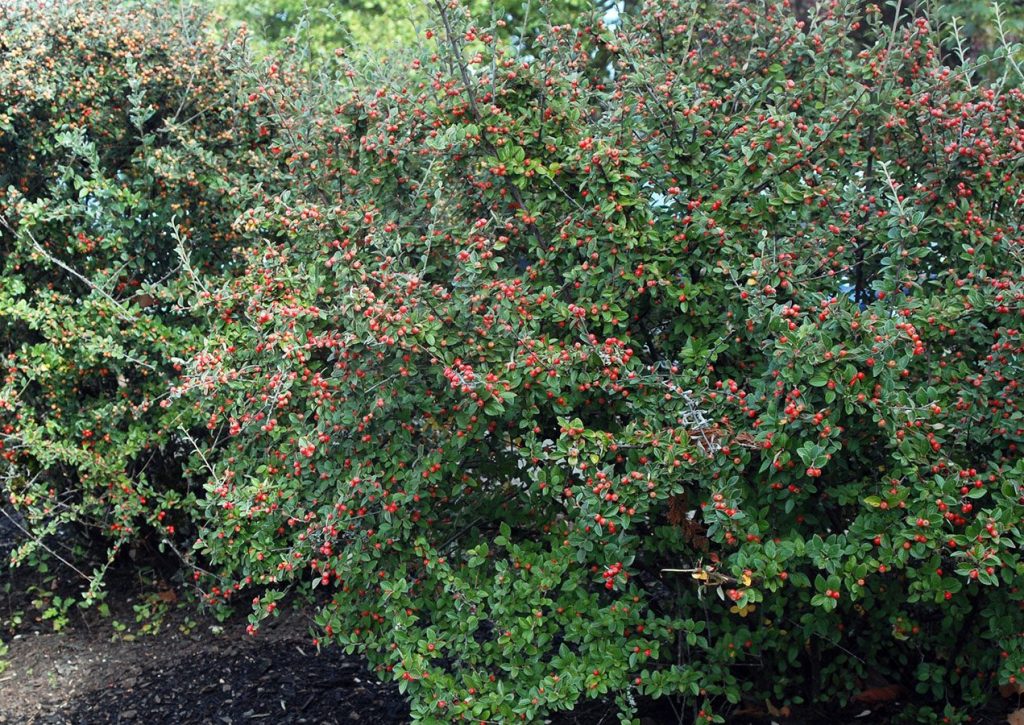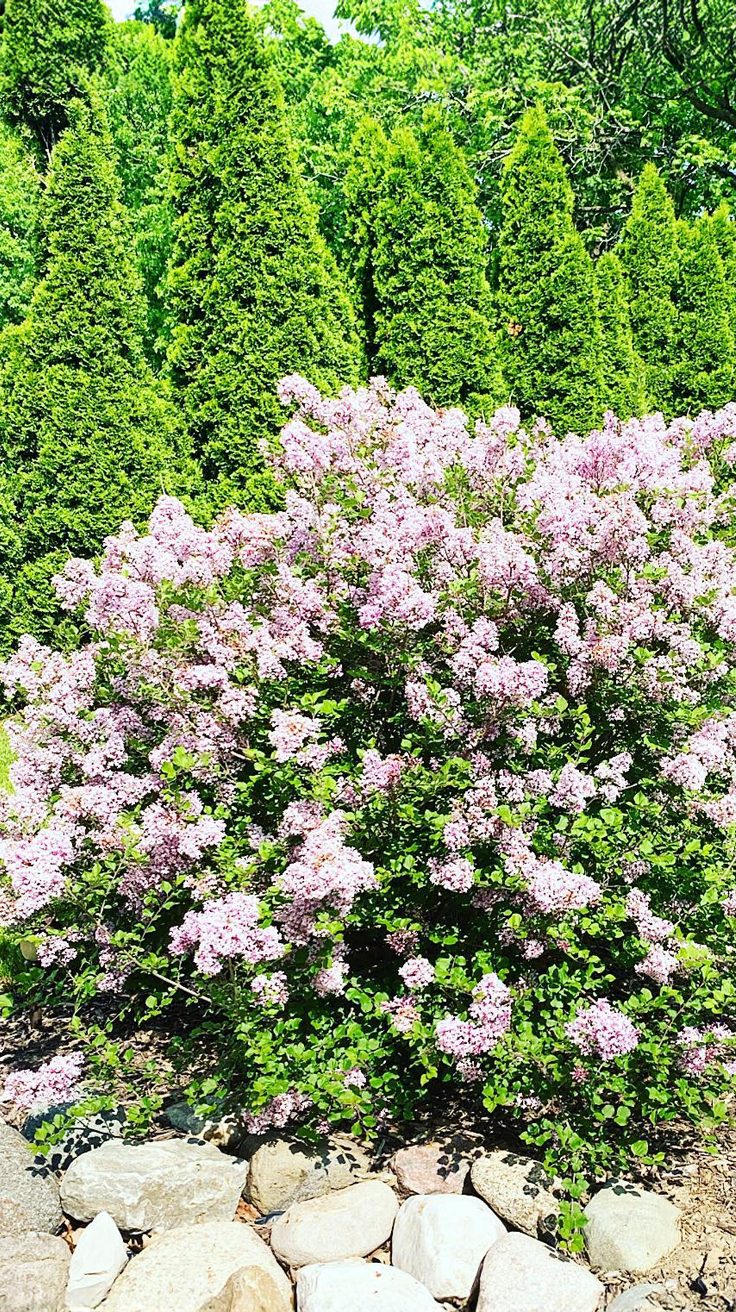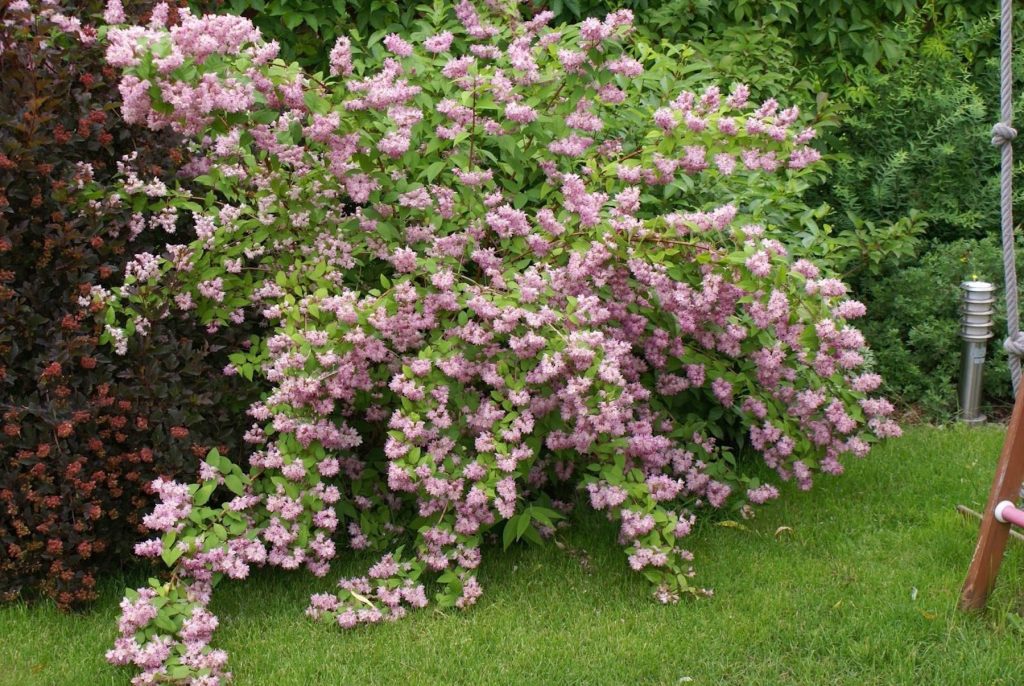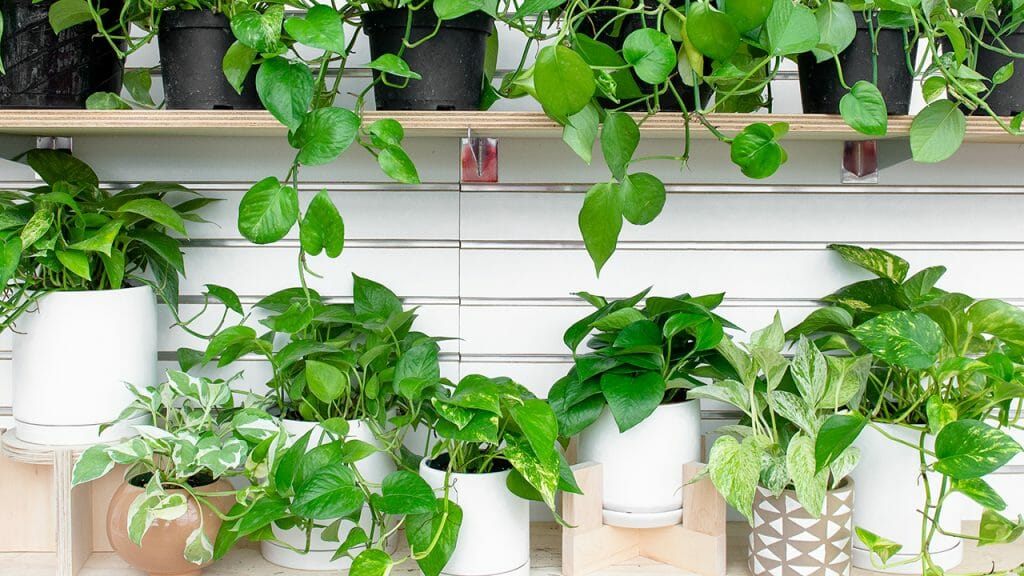Picking the right shrubs for the front of your house can easily level up your home’s look. It’s like giving your garden a little glow-up that says, “Hey, come on in!” 🌿✨
If you’ve got a sunny spot, you’re in luck. Sun-loving shrubs are tough cookies that bring beauty and durability. No constant babying required—they’re happy to soak up the rays and keep your front yard looking fresh and full of life.
In this article, you’ll find a fun mix of tried-and-true classics and hardy showstoppers that shine in full sun. Think cheerful blooms, evergreen charm, and easy design tips to bring it all together. Let’s dig in! 🌞🌸🏡
1. Boxwood
You can count on boxwood shrubs to bring structure and greenery to the front of your house. Their dense, compact leaves give a neat look that works well along walkways or near entryways.
Boxwoods handle full sun, but they also adapt to partial shade if your yard has mixed light. You’ll find them easy to shape into hedges or keep as small, tidy shrubs.
With many varieties available, you can choose one that fits your space. Some stay small and rounded, while others grow taller for a more formal look.
2. Hydrangea
You can add hydrangeas to the front of your house for bright color and full, leafy texture. Many varieties grow well in sunny spots, especially panicle types.
If your yard gets strong sun, choose sun-tolerant varieties like Limelight or Little Lime. These hold up better and keep their blooms looking fresh.
Make sure you give them moist, well-drained soil. With steady watering, your hydrangeas will stay healthy and produce plenty of flowers.
3. Weigela
You can count on weigela to bring bright color to the front of your house. This shrub grows best in full sun and produces clusters of trumpet-shaped flowers in spring.
You’ll notice hummingbirds and bees visiting the blooms, which adds more life to your yard. Plant it where it has room to spread, since branches arch outward.
Your weigela needs well-drained soil and regular watering, especially during dry spells. With simple care, it will reward you with fresh foliage and flowers year after year.
4. Lavender
You can count on lavender to bring both color and fragrance to your front yard. Its purple blooms stand out in full sun and add a neat, tidy look along walkways or near entryways.
Lavender grows best in well-drained soil and doesn’t need much water once established. You only need to prune it lightly each year to keep it bushy.
You’ll also enjoy how low-maintenance it is. Planting lavender gives you a simple way to add beauty while keeping your yard easy to care for.
5. Spirea
You can count on spirea to bring bright color and soft texture to the front of your house. It grows best in full sun, where it produces more blooms and stronger leaf color.
You’ll find both spring and summer blooming types, giving you options for when you want flowers. Spring bloomers handle a little shade better than summer ones.
Spirea stays easy to care for with simple pruning after flowering. You don’t need to fuss much, and it adapts well to different soils, making it a reliable shrub for sunny spots.
6. Barberry
You can count on barberry for bold color and easy care in a sunny spot. Its small leaves often come in shades of red, purple, or green, giving your front yard a neat pop of contrast.
Barberry grows well in full sun but also handles partial shade. It prefers well-drained soil and doesn’t need much fuss.
You can use it as a low hedge, foundation plant, or accent shrub. Its upright shape and thorny branches can also help create a natural barrier near walkways or along the edge of your yard.
7. Butterfly Bush
You can count on the butterfly bush to bring color and life to your front yard. It grows best in full sun and produces clusters of flowers in shades of purple, pink, or white.
This shrub attracts butterflies and other pollinators, making your garden feel lively. It can reach several feet tall, so give it space to grow.
You’ll appreciate how low-maintenance it is. Once established, it tolerates heat and dry conditions, which makes it a good choice if you want beauty without constant care.
8. Rosemary
You can use rosemary as both a shrub and a useful herb in your front yard. It thrives in full sun and doesn’t need much water once it’s established.
Its evergreen needles keep their color year-round, giving your landscape a fresh look even in winter. The small blue flowers add a simple touch of color in spring.
You can trim rosemary into neat shapes or let it grow more naturally. It works well along walkways, near entryways, or as a low hedge.
9. Crape Myrtle
You can count on crape myrtle to bring long-lasting color to your front yard. These shrubs and small trees bloom from late spring into fall with shades of pink, red, purple, or white.
They grow best in full sun, needing at least six hours of direct light each day. With enough sunlight, you’ll see stronger growth and more flowers.
Crape myrtles handle heat and drought well once established. You can choose from compact varieties for small spaces or taller ones if you want more height near your home.
10. Ninebark
You can count on Ninebark for both beauty and toughness. This shrub is native to North America and does well in full sun or light shade.
Its peeling bark gives it a unique look, especially in winter. In spring, you’ll see clusters of small white or pink flowers.
Ninebark can grow between 3 and 10 feet tall, depending on the variety. You can use it as a hedge, border, or a single standout plant in your front yard.
11. Potentilla
You can count on Potentilla if you want a hardy shrub that handles full sun with ease. Its small, colorful blooms appear for much of the growing season, adding steady brightness to your front yard.
You’ll notice its low, rounded shape works well along walkways or as a border. It doesn’t grow too tall, so it won’t block windows or views.
Potentilla also tolerates dry spells once established. With well-drained soil and regular sun, you’ll find it keeps its neat look without needing constant care.
12. Russian Sage
You can count on Russian sage if your front yard gets full sun. This perennial shrub shows silvery-green leaves and soft lavender-blue flowers that brighten up walkways or borders.
Plant it in well-draining soil and give it at least six hours of sunlight each day. Once established, it needs little water and is easy to maintain.
You can space plants about two to three feet apart for a fuller look. Russian sage also resists deer and rabbits, making it a low-care choice for sunny spots.
13. Blue Star Juniper
You can count on Blue Star Juniper if you want a low shrub that stays neat and compact. It usually grows about 2 to 3 feet tall, making it a good fit under windows or along walkways.
Its silvery-blue needles keep their color year-round, so your front yard looks fresh in every season. You won’t need to prune much since it grows slowly and keeps its shape.
Plant it in full sun for the best results. It also handles dry conditions well, so you don’t have to worry if your soil isn’t perfect.
14. Roses
You can count on roses to bring steady color and charm to the front of your house. They do well in full sun and reward you with blooms through much of the growing season.
Choose from many types, such as shrub roses or compact Knock Out varieties, depending on the space you have.
With regular watering and light pruning, your roses stay healthy and attractive. Plant them where they get at least six hours of direct sun each day for the best results.
15. Viburnum
You can count on viburnum for both flowers and foliage. With over 150 species, you’ll find options that fit small spaces or larger front yards.
These shrubs grow well in full sun but can also handle some shade. Most types thrive in USDA zones 4 through 8, giving you flexibility for different climates.
You’ll enjoy clusters of blooms in spring and colorful berries later in the season. Some varieties even bring rich fall color, adding extra interest to your front yard.
16. Forsythia
You can spot Forsythia easily in spring when its bright yellow flowers bloom before the leaves appear. This makes it one of the first shrubs to bring color to your front yard.
Forsythia grows best in full sun and well-drained soil. You can plant it along borders or near entryways to add a cheerful look.
With regular pruning, you can keep Forsythia neat and shaped. If you let it grow freely, it can form a natural hedge that adds privacy and structure to your landscape.
17. Dwarf Burning Bush
You can count on the Dwarf Burning Bush for a neat, rounded shape without much trimming. It naturally grows in a compact form, which makes it easy to manage in front-yard spaces.
This shrub reaches about 4 to 6 feet tall and wide, so it fits well along walkways or near your entry. Its dense foliage adds structure and balance to your landscape.
In fall, you’ll notice its bright red leaves, which bring a pop of seasonal color. Plant it in full sun for the best display and steady growth.
18. Cotoneaster
You can count on cotoneaster if you want a shrub that handles full sun well. It grows best when it gets plenty of light and rewards you with small flowers and colorful berries.
You’ll find both upright and low-growing types, so it’s easy to match one to your space. Some varieties even work as ground cover along walkways or borders.
This shrub stays attractive through the seasons with glossy leaves and bright fruit. Plant it in well-drained soil, and you’ll enjoy a hardy, low-maintenance option for the front of your house.
19. Lilac
You can brighten the front of your house with lilac shrubs, which are known for their fragrant spring blooms. They do best in full sun, giving you strong growth and plenty of flowers.
You’ll find many varieties, some more compact and others larger, so you can choose one that fits your space.
Plant your lilac in well-drained soil, and give it room to spread. With minimal care, it rewards you with colorful clusters and a sweet scent each year.
20. Deutzia
You can count on Deutzia for clusters of small, star-shaped flowers that brighten up your front yard in late spring. The blooms often appear in white or soft pink, giving your landscape a clean and cheerful look.
This shrub grows best in full sun and well-drained soil. You’ll find it easy to care for since it doesn’t need heavy pruning.
Plant Deutzia along walkways or near your entryway to add gentle color without overwhelming the space. Its tidy shape makes it a simple choice for low-maintenance landscaping.
Design Tips for Sun-Loving Front-of-House Shrubs
When you plan your front yard, you want shrubs that look balanced, work well with other plants, and provide color through the seasons. Paying attention to placement, plant pairings, and timing of blooms will help you build a yard that feels welcoming and easy to maintain.
Creating Visual Balance
You should arrange shrubs in a way that guides the eye toward your home without blocking key features. Taller shrubs work best near the corners of your house, while medium or low-growing ones fit well along walkways or under windows.
Think about symmetry. If your home has a centered front door, balance shrubs evenly on both sides. For homes with an off-center entrance, use staggered groupings to create a natural flow instead of forcing symmetry.
Mixing shrub sizes adds depth. For example:
- Tall shrubs: frame corners
- Medium shrubs: fill gaps
- Low shrubs: edge pathways or flower beds
This layered approach prevents your yard from looking flat or overcrowded.
Pairing Shrubs With Perennials
When you place perennials near shrubs, you create more color and texture. Shrubs provide structure, while perennials bring seasonal flowers that soften the look.
You can use perennials with different bloom times so your yard never feels dull. For example, pair a sun-loving shrub like weigela with spring-blooming tulips and late-summer coneflowers. This keeps the space lively from early spring to fall.
Pay attention to spacing. Shrubs need room to grow, so plant perennials in front or between them without crowding. A good rule is to leave at least 12–18 inches between the shrub base and perennial roots.
Choose perennials that match the sunlight and soil needs of your shrubs. This makes care easier and avoids weak growth.
Seasonal Color Planning
Shrubs can give you color in every season if you choose carefully. Some offer spring flowers, others summer blooms, and many provide fall foliage or winter berries.
Make a simple chart to track seasonal interest:
| Season | Shrub | Feature |
|---|---|---|
| Spring | Forsythia | Bright yellow flowers |
| Summer | Rose of Sharon | Long-lasting blooms |
| Fall | Burning Bush | Red foliage |
| Winter | Holly | Evergreen leaves + berries |
By mixing shrubs with different peak times, your front yard always has something to show. This avoids long stretches of plain greenery and keeps your landscape looking fresh year-round.
Caring for Full Sun Shrubs
Full sun shrubs handle bright light well, but they still need the right care to stay healthy. Paying attention to watering, soil quality, and pruning will keep them strong and looking their best year after year.
Watering Best Practices
Even though many full sun shrubs tolerate heat, they still need regular watering, especially during the first year. Deep watering encourages roots to grow down instead of staying near the surface. Shallow watering often leads to weak plants that dry out quickly.
Aim to water early in the morning so moisture soaks in before the hottest part of the day. This also reduces water loss from evaporation.
A good rule is to give about 1 inch of water per week, either from rainfall or irrigation. During long dry spells, increase this amount. Adding mulch around the base of shrubs helps soil hold moisture and keeps roots cooler.
Soil Preparation and Fertilization
Healthy soil makes a big difference in how well your shrubs grow. Most full sun shrubs prefer well-drained soil that doesn’t stay soggy. If your soil is heavy clay, mix in sand or compost to improve drainage.
Before planting, loosen the soil at least 12 inches deep. This gives roots room to spread and take hold. Adding organic matter like compost not only improves texture but also boosts nutrients.
Fertilize in spring with a balanced, slow-release fertilizer. Look for one with equal parts nitrogen, phosphorus, and potassium (like 10-10-10). Avoid overfertilizing, since too much nitrogen can create lots of leaves but fewer flowers.
Pruning for Shape and Health
Pruning keeps shrubs neat and encourages healthy growth. Trim away dead, damaged, or crossing branches as soon as you notice them. This prevents disease and improves airflow through the plant.
For shaping, prune lightly after the main flowering season. Cutting too early may remove buds and reduce blooms.
Use clean, sharp tools to make smooth cuts. Avoid removing more than one-third of the plant at a time, since heavy pruning can stress shrubs. Regular light pruning is better than waiting years and cutting back too much at once.

